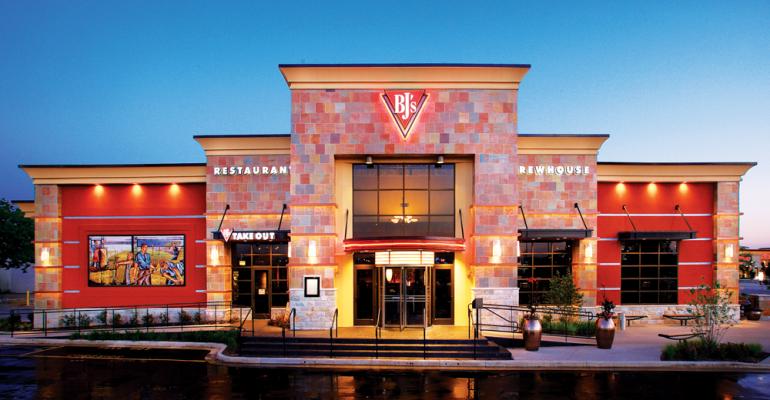 This post is part of the On the Margin blog.
This post is part of the On the Margin blog.
Want any evidence that Wall Street is pushing companies to expand? Look no further than Red Robin Gourmet Burgers Inc.
Red Robin reported disappointing sales and earnings Monday and said it planned to put the brakes on development while it looks for a strategy that works.
Investors pounded the stock, pushing it down more than 30 percent at one point Tuesday, erasing much of its gains over the past year.
But Red Robin’s move is a good sign, long term, both for the company and the industry as a whole — no matter what investors think.
Several chains are beginning to get religion on concerns about overdevelopment. Red Robin joined BJ’s Restaurants Inc., Zoe’s Kitchen Inc., and Potbelly Corp. among chains that have said they planned to curb development in the near future.
Pushed by Wall Street and by private investors, restaurant chains have been growing for years — outpacing demand and, finally, putting pressure on industry traffic.
Industry traffic has fallen in 23 of the past 24 months, according to the MillerPulse index — despite low unemployment, a booming stock market, rising home values and a growing economy. This suggests that industry supply has outpaced demand.
Since 2010, population growth in the U.S. has been between 0.5 and 0.75 percent, while unit count growth has ranged from 1.5 percent to 2 percent.
Given the strains the unit growth is putting on industry traffic, it makes sense for companies to cut back.
In 2017, BJ’s opened 17 locations. It expects to open 10 this year. It will slow that development further in 2018, when it expects to open between four and six locations.
Similarly, Potbelly said last week that it is moderating its development. The company originally planned to open as many as 50 locations in 2016. It opened 40. It expects to open 30 to 35 this year. The company now expects to open “less than half” of its 2017 levels.
In August, Zoe’s Kitchen Inc. said it planned to open 25 to 30 new locations next year, down from the 38 to 40 it expects to open this year. CEO Kevin Miles said the slowdown would enable the company to balance between new unit development and building traffic at existing locations.
Oh, and Chipotle Mexican Grill Inc. is slowing its development to a rate lower than it’s grown in years to digest operations improvements being made by new Chief Operating Officer Scott Boatwright.
To be sure, investors see slowing unit development as a bad sign, a demonstration that the concept doesn’t quite work as well as executives had initially hoped. Many companies push their growth, getting investors excited, and when those projections don’t meet expectations those investors get spooked.
But companies facing sales challenges should slow development as a matter of course, given that it’s now generally accepted that there are too many U.S. restaurants.
Also, slowing development works, giving companies time to get their acts together.
The best performing publicly traded restaurant chain in the country, Domino’s Pizza Inc., kept domestic development at a minimum for years while focusing on increasing sales and traffic at its existing locations. The chain’s U.S. same-store sales have increased for 26 straight quarters — and as such it is growing again.
Similarly, comebacks at both Arby’s Restaurant Group and KFC have coincided not just with development slowdowns but actual unit count declines.
We don’t necessarily know why demand for restaurants has weakened to the extent that it is. Until that demand picks up again, expect more companies to slow things down in the coming months.
Jonathan Maze, Nation’s Restaurant News senior financial editor, does not directly own stock or interest in a restaurant company.
Contact Jonathan Maze at [email protected]
Follow him on Twitter: @jonathanmaze





